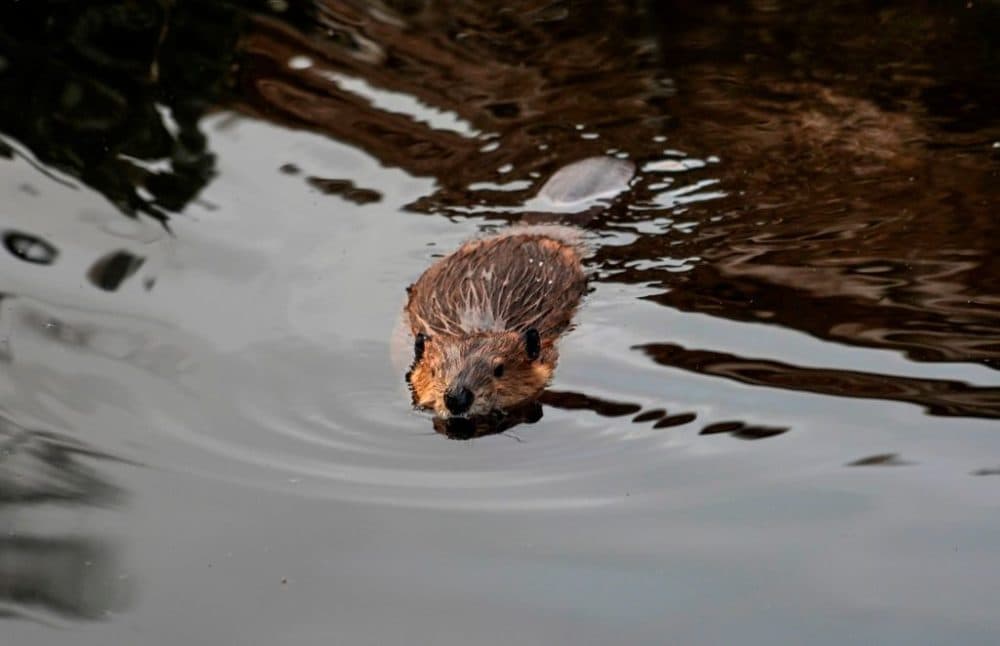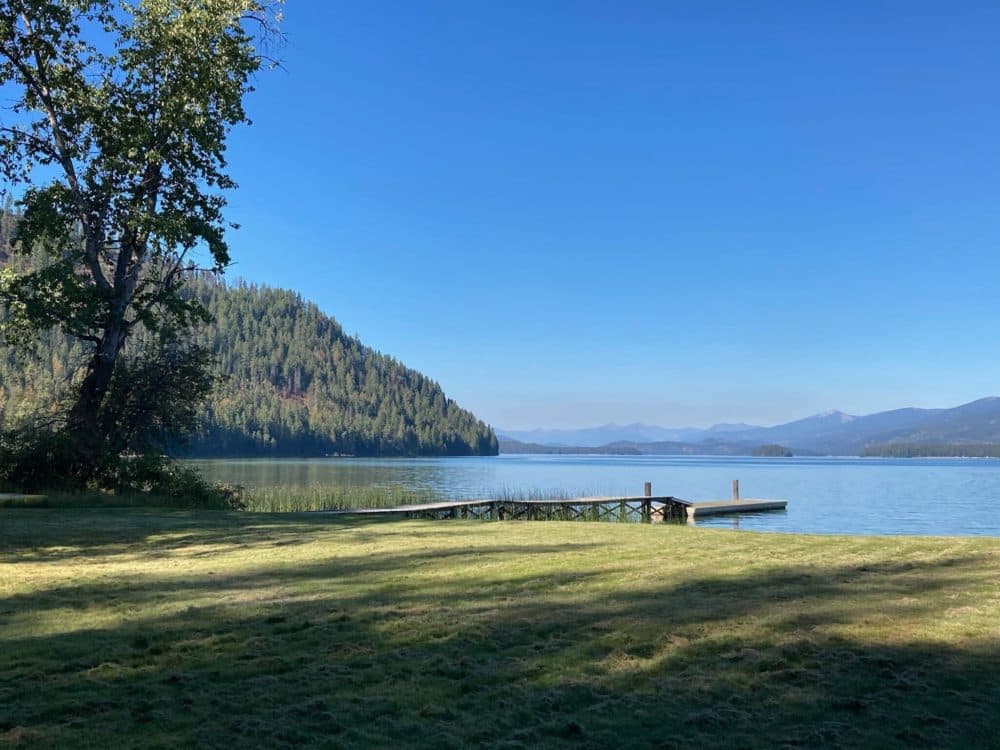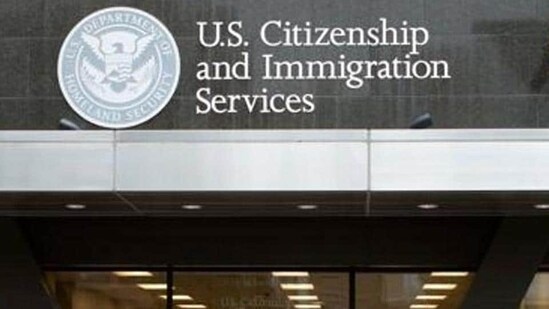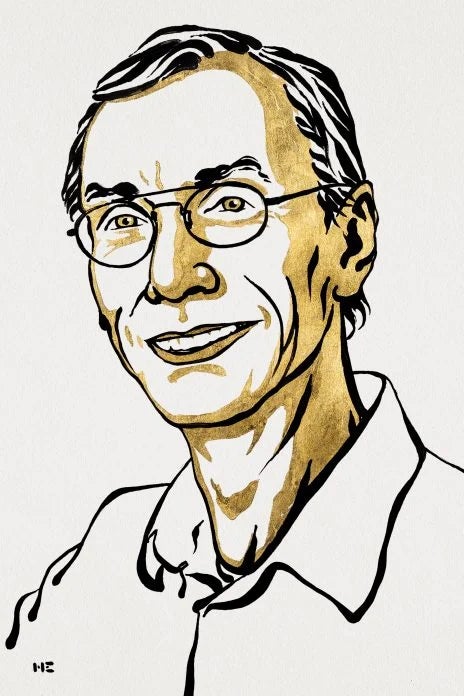Tiffany Terrell
October 03, 2022

Florida Governor Ron DeSantis visits 2019 Miami
A recent speech by Florida Gov. Ron DeSantis (R) is drawing criticism after he posted it to Twitter.
Multiple historians have accused Florida Gov. Ron DeSantis (R) of misconstruing facts — in which he declared that "nobody had questioned" slavery until the American revolution.
DeSantis made the remarks Sept. 20. He argued that it was the "American revolution that caused people to question slavery."
roar-assets-auto.rbl.ms
"Nobody had questioned it before we decided as Americans that we are endowed by our creator with inalienable rights and that we are all created equal," he added. "Then that birthed abolition movements."
After making his speech, DeSantis posted a portion of it via Twitter and it quickly surpassed 900,000 views. It also attracted criticism. Speaking to Newsweek, historians weighed in with critical assessments of the Florida governor's remarks.
Professor Karin Wulf, who focuses on the study of eighteenth-century British American history at Brown University, said, "On at least three levels this is wrong. The idea of natural rights didn't originate with the American revolutionaries; they were reflecting ideas that were widespread among political thinkers, perhaps most obviously the 17th-century English political philosopher John Locke.
"The United States as a government did not act against slavery in any form until 1807 (prohibition of the Atlantic slave trade) and acted in key ways to protect it right up to the Civil War (the fugitive slave act)," she added.
"Most egregiously, the idea that 'no one' questioned slavery erases enslaved people themselves who were active in resisting slavery both as individuals and collectively and in refusing the logic and legality of their enslavement."
Seth Rockman, a Brown University associate professor who researches slavery economics, suggested that DeSantis' comments about Black Americans are part of a greater agenda stemming from white nationalism.
"DeSantis clearly has not done the reading for class, but his error here goes beyond ignorance of the last several decades of research on anti-slavery thinking and organizing over the seventeenth and eighteenth centuries," Rockman said. "What DeSantis does here is more pernicious because it places Black people outside the category of 'we' and 'Americans'— a move that can only be understood as part of DeSantis's strategy to ride white nationalism to higher office.
"This statement is yet another deliberate DeSantis move to 'trigger' or 'own the libs,' but let's think about the implications of DeSantis's statement here: When DeSantis says 'no one' he pretends that enslaved African and African-descended people aren't worth taking seriously as people whose opinions about slavery might matter, then or now," Rockman continued.
"The slaves who staged massive revolts in New York, South Carolina, and other mainland colonies throughout the colonial era, were they not questioning slavery?"







